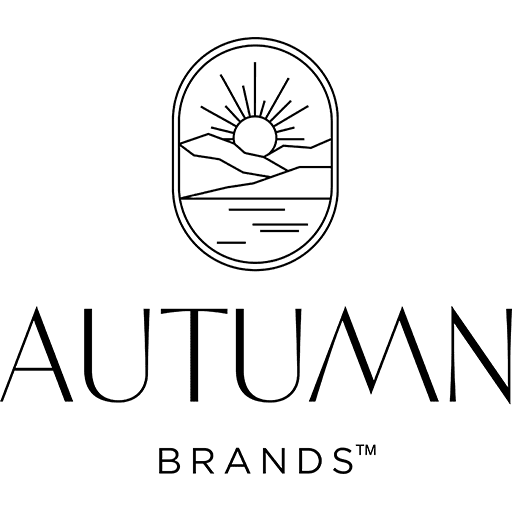As the audience for health, non-GMO, organic products continues to rise across the United States, cannabis consumers should also be familiar with how their products are cultivated and produced. Whether smoking, vaping, consuming an edible, or slathering on a CBD-rich topical cream, how and where the plant was grown can impact the overall quality and end-result of your cannabis experience.
Today, more than ever, it’s important to know the origin of your cannabis products. In a post-prohibition era, the days of buying a “dime bag of anything” from a shady street dealer are long gone. As the cannabis clientele continues to grow, cannabis proponents are undergoing an avant-garde evolution from mere consumers to full-fledged connoisseurs who demand quality in the cannabis they purchase.
Commercial cannabis provides consumers certain safeguards which simply don’t exist in the black market. While rules are rarely regarded as a good thing, one of the most under spoken benefits of a thriving cannabis industry are the standards and regulations being implemented in the legal states. Strict regulations and testing requirements help protect consumers from unethical practices. Since many consumers are patients looking to cannabis for a myriad of health reasons, no one wants to consume products containing pesticides or other harmful substances.
Knowing where your cannabis product originated brings transparency to the grower and their practices. In the black market, consumers rarely know the individual doing the cultivation or their processes, nor do they know how many times the product has changed hands, which clearly presents a safety concern.
Most wouldn’t purchase Tylenol if the safety seal is broken, so why purchase cannabis without the same diligence? Knowing the origin of your cannabis and how it was grown can help ensure you have the best possible cannabis experience.

